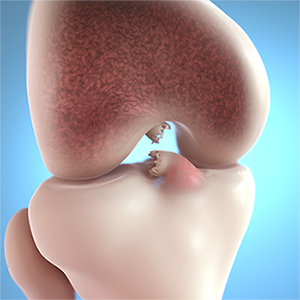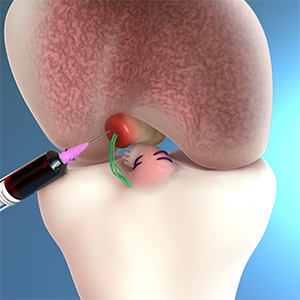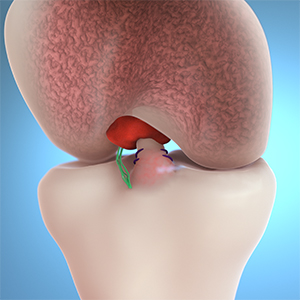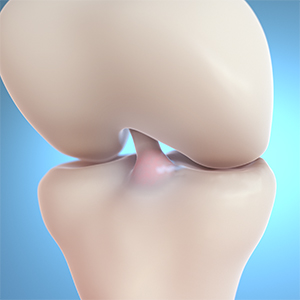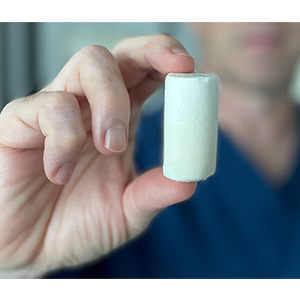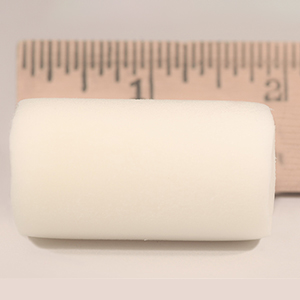BEAR Implant
Stephan Joseph Sweet, MD, MPH.is pioneering the use of a breakthrough technology called the BEAR® Implant for treatment of anterior cruciate ligament (ACL) tears, one of the most common knee injuries in the U.S.
The BEAR Implant is the first innovation in ACL tear treatment in more than 30 years. It is the first FDA-approved medical technology to enable healing of a torn ACL. This new approach is a shift from the current standard of care, reconstruction, which replaces the ACL with a graft.
Every year, approximately 400,000 ACL injuries occur in the U.S. A torn ACL does not heal without treatment, resulting in ACL reconstruction being one of the most common orthopedic procedures in the U.S. Yet the procedure has drawbacks; some procedures require two separate incisions, and some people who undergo reconstruction are unable to return to the same level of daily activities or sports.
There are a number of advantages to restoring a ligament instead of replacing it, and this exciting medical technology is the first to enable the body to heal its own torn ACL while maintaining the natural knee anatomy.
What does the procedure entail?
Unlike reconstruction, the BEAR Implant does not require a second surgical wound site to remove a healthy tendon from another part of the leg or using a deceased donor’s tendon. Instead, the implant acts as a bridge to help ends of the torn ACL heal together.
The surgeon injects a small amount of your own blood into the implant and inserts it between the torn ends of the ACL in a minimally invasive procedure. The combination of the BEAR Implant and your blood enables the body to heal the torn ends of the ACL back together while maintaining the ACL’s original attachments to the femur and tibia. As the ACL heals, the BEAR Implant is resorbed by the body, usually
within eight weeks.
Who is the procedure for?
Your physician may recommend the BEAR Implant if you are at least 14 years of age, skeletally mature, with a complete rupture of the ACL, as confirmed by MRI. You must have an ACL stump attached to the
tibia to facilitate the restoration. The BEAR device must be implanted within 50 days of injury.
What are the benefits?
About half of people who receive patellar tendon grafts experience pain while kneeling, and those who receive hamstring grafts have persistent weakness – as much as a 50% deficit at two years. Since the
BEAR Implant doesn’t involve a graft, these types of complications don’t occur.
Additionally, both ACL reconstruction approaches have an ACL re-tear rate as high as 20% for teens and as high as 9% for adults. If the ACL is re-injured, revisions to traditional ACL reconstruction can be complicated and can require multiple surgeries. Conversely, revisions with the BEAR Implant are easier and more predictive.
Unlike reconstruction, the BEAR implant does not require a second surgical wound site to remove a healthy tendon from another part of the leg or use of a deceased donor’s tendon.
The BEAR Implant has the same potential medical/surgical complications as other orthopedic surgical procedures, including ACL reconstruction. These include the risk of re-tear, infection, knee pain, meniscus injury and limited range of motion. You should discuss your individual symptoms, diagnosis and treatment with their surgeon.
If you’ve injured your ACL, speak to your physician today to see if you might be a good candidate for BEAR Implant.
BEAR Implant Animation | Surgery for ACL Tears | Miach Orthopedics




